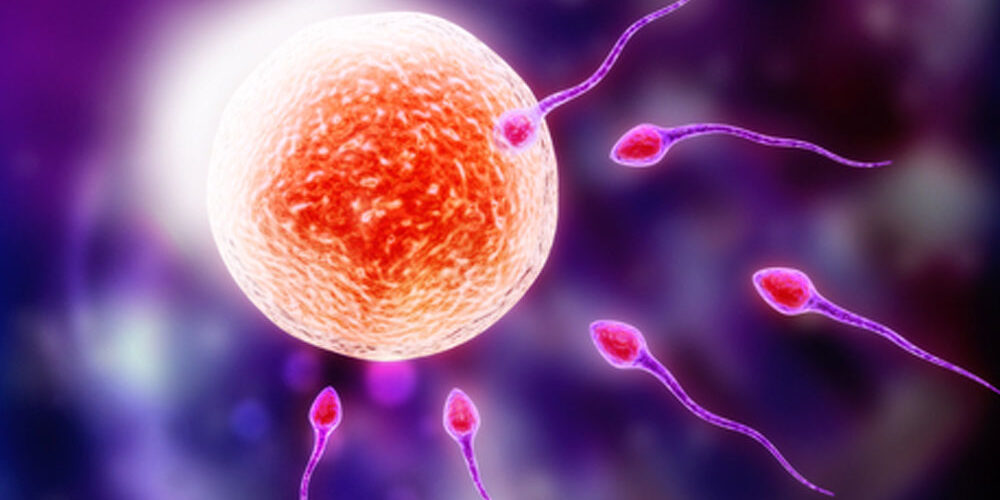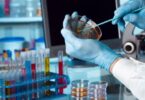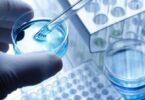Modern biotechnology in the production of recombinant proteins (pr) is one of the most important contributions today.
Recombinant proteins are certainly those developed in the laboratory through genetic engineering manufactured through the different genera of bacteria that exist.
The most common are bacteria, yeast, insect cells, mammalian cells and even plants, and they are used to make products with different uses.
Among the genera of bacteria most used for protein production we can name: Bacillus, Methylomonas, Pseudomonas and Aerobacter, due to the fact that they are capable of duplicating themselves in a period of 20 minutes to half an hour and to have a high protein content that can reach a high percentage.
The most important bacterial host for PR production is Escherichia coli, although others such as Bacillus subtilis and Bacillus megaterium are becoming increasingly important.
Certainly, the microbial protein or Single CellProtein (SCP) is the protein obtained from the biomass of unicellular organisms such as bacteria, fungi, yeast and microalgae and other multicellular macroorganisms such as filamentous fungi or filamentous algae, forming an important pillar for life.
Antibiotics, vitamins, flavorings, hormones, preservatives, flavorings and natural coloring or processing additives, such as enzymes, are produced through genetically modified microorganisms.
The microorganisms most used for this purpose in the food industry are lactic bacteria (mainly, Streptococcustermophilus and microorganisms of the Lactobacillus genus) and yeasts (mainly Saccharomycescerevisiae).
Bacteria contribute to the production of the following foods: yogurt, cheese, kefir, vinegar, sauerkraut and pickles, bread starter or sourdough starter.
Proteins are the fundamental building blocks of life. The basic structure of protein is a chain of amino acids. It is necessary to consume protein in the diet to help the body repair cells and produce new cells.
Protein synthesis is a complex process carried out by cells according to the guidelines of the information provided by genes. The sequence of amino acids in a protein is encoded in its gene (a piece of DNA) by the genetic code.
Bacteria synthesize proteins through ribosomes, which are the cellular structures where they synthesize them. They are found in the bacterial cytoplasm.
Ribosomes are responsible for producing proteins in our body.
The types of proteins that exist:
- Proteins can be classified based on their shape and based on their chemical composition.
- According to their shape, there are fibrous proteins (elongated and insoluble in water, such as keratin, collagen and fibrin), globular proteins (spherical and compact in shape, and soluble in water).
The importance of fermenting microorganisms for human nutrition and health are:
- They restore and preserve the intestinal flora.
- Prevent the growth of pathogenic microorganisms and their toxins.
- They help preserve food, allowing it to be preserved longer.
- Foods that have been subjected to lactic fermentation help the digestion of other foods with which they are ingested.
Therefore, we can say that microorganisms are necessary for the production of foods, beverages, medicines, antibiotics, vaccines, enzymes, vitamins, among other important products, and that they are essential in our ecosystem and human well-being.
FONT
https://www.ciad.mx/las-proteinas-recombinantes-en-nuestra-vida-diaria/
https://www.scielo.org.mx/scielo.php?pid=S1665-27382011000200006&script=sci_abstract
https://www.redalyc.org/pdf/620/62020825005.pdf
https://elpais.com/diario/1981/12/02/sociedad/376095613_850215.html







